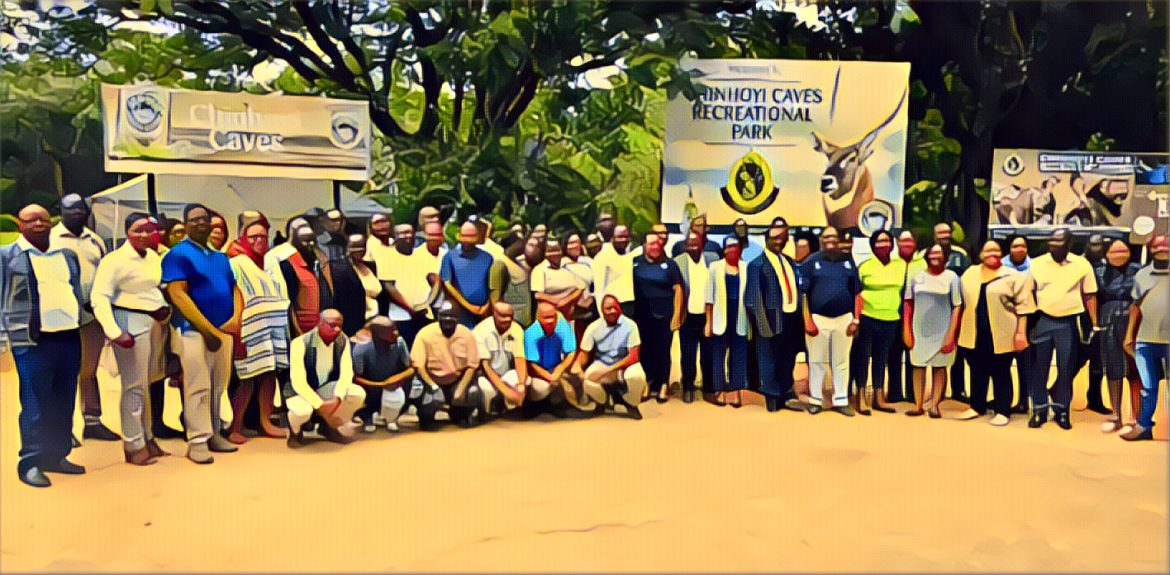Zimbabwe’s wildlife authority has announced an ambitious plan to protect its rich biodiversity and enhance its tourism potential. The Zimbabwe Parks and Wildlife Management Authority (Zimparks) is fine-tuning its 2024 strategic plan, which aims to consolidate the successes it has achieved in wildlife conservation and strengthen cooperation with other stakeholders.
Zero tolerance for poaching
One of the main goals of the plan is to eliminate poaching, which poses a serious threat to the country’s wildlife, especially its endangered species such as elephants, rhinos, and pangolins. Zimparks director-general Mr Fulton Mangwanya said the authority was determined to bring poaching to zero by investing in anti-poaching equipment and training its rangers.
“The real issues that concern wildlife conservation have to do with poaching, which we have to make sure we bring to zero,” said Mr Mangwanya. “We want to make sure that in our parks, the 65 properties which we have, we want to ensure that we do habitat protection and that all is expensive.”
Zimparks has received support from the African Wildlife Foundation (AWF), which handed over an assortment of anti-poaching field equipment, including military boots, tents, and camp beds, on the sidelines of the strategic plan review workshop. Zimparks board chairman Dr Aggripa Sora praised the AWF for capacitating Zimparks to conserve wildlife and habitats. AWF country director Ms Olivia Mufute said the dedication and commitment of rangers in protecting wildlife needed to be complemented with suitable equipment.
Tourism development and resource mobilization
Another key aspect of the plan is to develop tourism facilities and attractions in the parks, which cover about 13% of the country’s land area. Zimparks hopes to increase its revenue from tourism, which is one of the main pillars of the country’s economy. The authority also plans to mobilize more resources from donors, partners, and the government to fund its conservation activities.
“We have a lot of potential in terms of tourism development. We want to make sure that we market them and we make them accessible to the tourists,” said Mr Mangwanya.
He added that Zimparks was also reviewing its manpower levels and skills to ensure that it had the right staff to carry out its mandate. He said the authority was working with other stakeholders such as the Ministry of Environment, Climate, Tourism and Hospitality Industry, the Zimbabwe Tourism Authority, and the private sector to promote the country’s wildlife and tourism sector.
A vision for the future
The 2024 strategic plan is a vision for the future of Zimbabwe’s wildlife and tourism, which have faced many challenges in the past, such as poaching, habitat loss, human-wildlife conflict, climate change, and economic hardships. Zimparks hopes that by implementing the plan, it will be able to overcome these challenges and ensure the sustainability and prosperity of its natural resources.
Zimbabwe is home to some of the most diverse and spectacular wildlife in Africa, such as the Big Five, the painted wolf, the sable antelope, and the black rhino. It also boasts of some of the world’s natural wonders, such as the Victoria Falls, the Great Zimbabwe ruins, and the Mana Pools National Park. By protecting and promoting its wildlife and tourism, Zimbabwe hopes to attract more visitors and generate more income for its people and its development.
Source: The Herald


